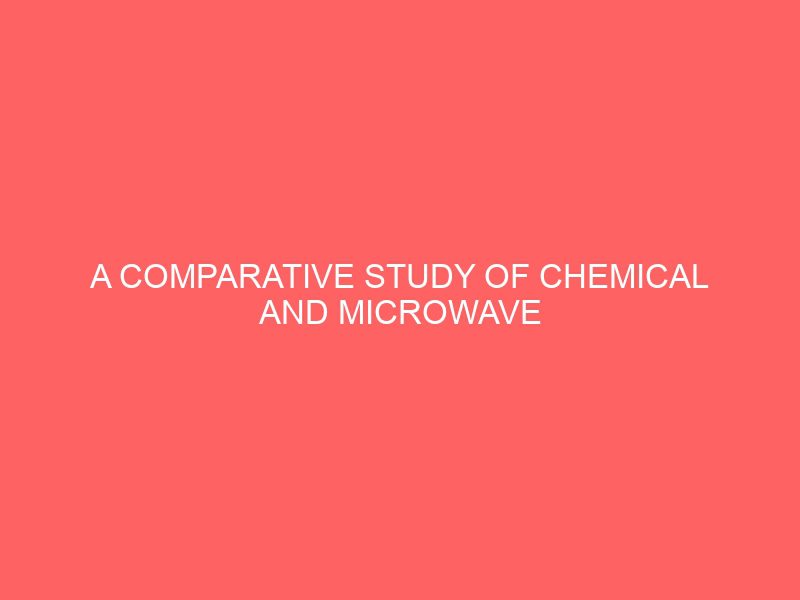Description
INTRODUCTION
1.1 BACKGROUND OF STUDY
Activated carbon, also widely known as activated charcoal or activated coal is a form of carbon which has been processed to make it extremely porous and thus to have a very large surface area available for adsorption or chemical reactions Mattson et al., 1971. The word active is sometimes used in place of activated. It is characterized by high degree of micro porosity. A gram of activated carbon can have a surface area in excess of 500 m2. Sufficient activation for useful applications may come solely from the high surface area, though further chemical treatment generally enhances the adsorbing properties of the material. Activated carbon is most commonly derived from charcoal.
Waste biomass is getting increasing attention all over the world for activated carbon development as it is renewable, widely available, cheap and environmentally friendly resource. The common method of development is thermochemical Kumar et al., 2005. The main concern is the removal of chemical component by adsorption from the liquid or gas phase Bansal et al., 1988. Today, activated carbon has been produced from various biomass such as corncob, rice husk, cherry stones, coconut shells, palm shells, to mention but a few.
Preparation of activated carbon with ultrahigh specific surface area from biomass such as lignin, corncob, cornstalk, dates, etc., has attracted much attention. Among these carbon sources, corncob is a good precursor for preparing carbon with ultrahigh specific surface area Li, 2007. The carbons prepared from corncob have been used in wastewater treatment such as removal of organic pollutants Sun et al., 2006.
However, a comprehensive study of activating corncob with different activation strategies to prepare carbon with ultrahigh specific surface area and pore volumes, and their subsequent performance in water purification as the impurity adsorption has not to our knowledge been reported. Therefore, in this study we report the synthesis of ultrahigh surface area carbon materials using two preparation strategies namely, chemical activation procedure using a chemical activator such as ammonium sulphate NH42SO4 and microwavesynthesized activation procedure. We also report the adsorption capacity of those carbons for water purification.
1.2 STATEMENT OF PROBLEM
In recent years, increasing awareness of environmental impact of organic and inorganic compounds has prompted the purification of waste water prior to discharge into natural waters. A number of conventional treatment technologies have been considered for treatment of waste water contaminated with organic substance. Among them, the adsorption process has been found to be the most effective method while activated carbon is regarded as the most effective material for controlling this organic load. Common active carbons available are usually developed by thermochemical means using activating agents and heating ovens, thus producing activated carbons which take a longer time with limited pore structures. With the advent of microwave technology, a better and efficient activated carbon can be produced within a short period and a cheaper cost.
1.3 OBJECTIVE OF THE RESEARCH
The aim of this research project is to determine and compare the performance of chemically and microwave synthesized activated carbon from corn cob.
1.4 SIGNIFICANCE OF THE RESEARCH
When this research project is successfully completed, it will provide the following benefits: i. Corn cobs are abundant in Nigeria.
ii. Encourage the establishment of industries that will use Agricultural waste materials to produce activated carbon.
iii. It will create job opportunities, thereby reducing unemployment in the country.
iv. It will attract foreign exchange for Nigeria as activated carbon has very wide industrial applications.
1.5 SCOPE OF RESEARCH
This research work focuses on the following:
i. Preparation of activated carbon from corn cob by thermal and microwave means
ii. Comparative study of the adsorption capacities of chemically and microwave synthesized activated carbon.








Reviews
There are no reviews yet.